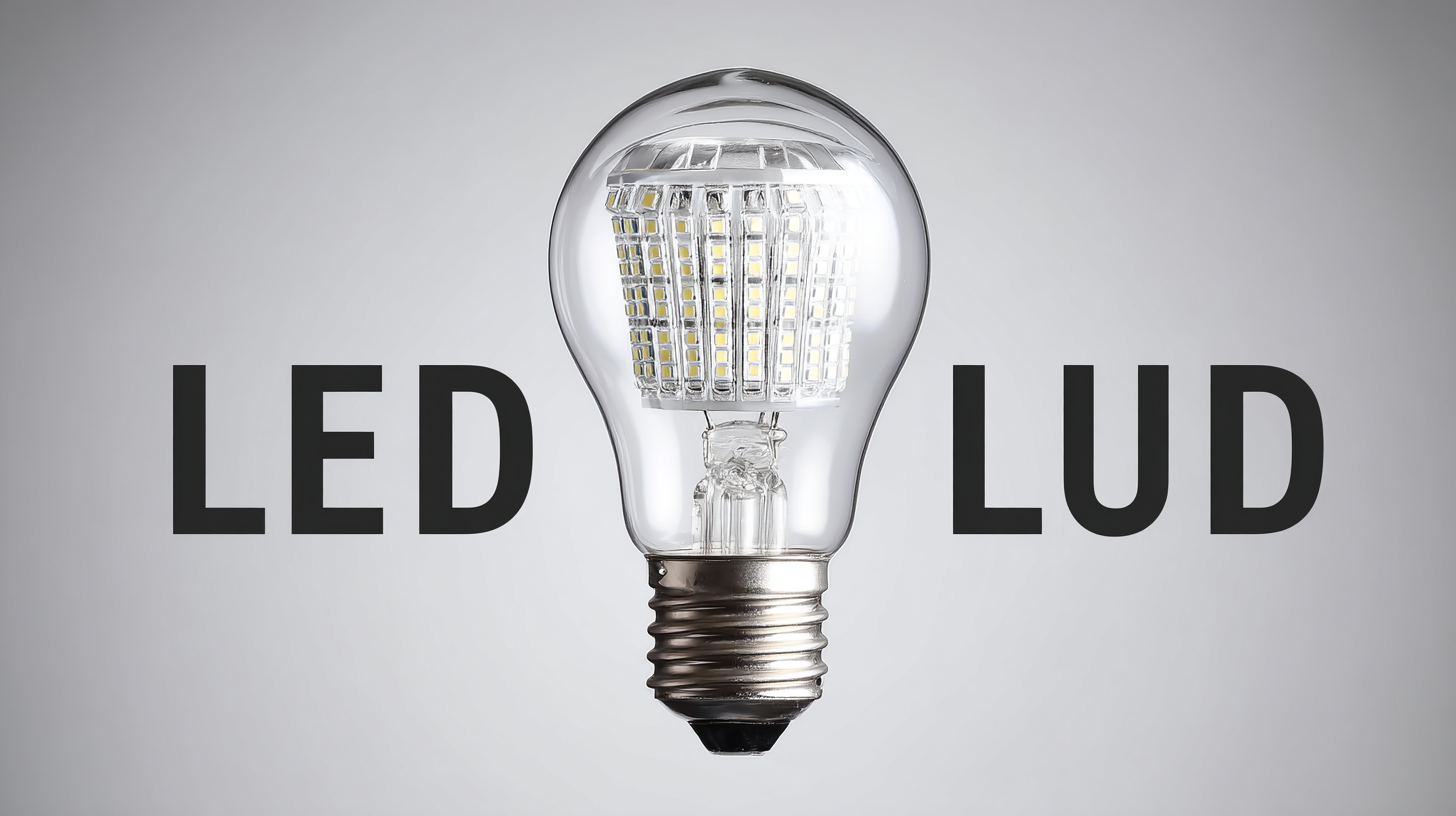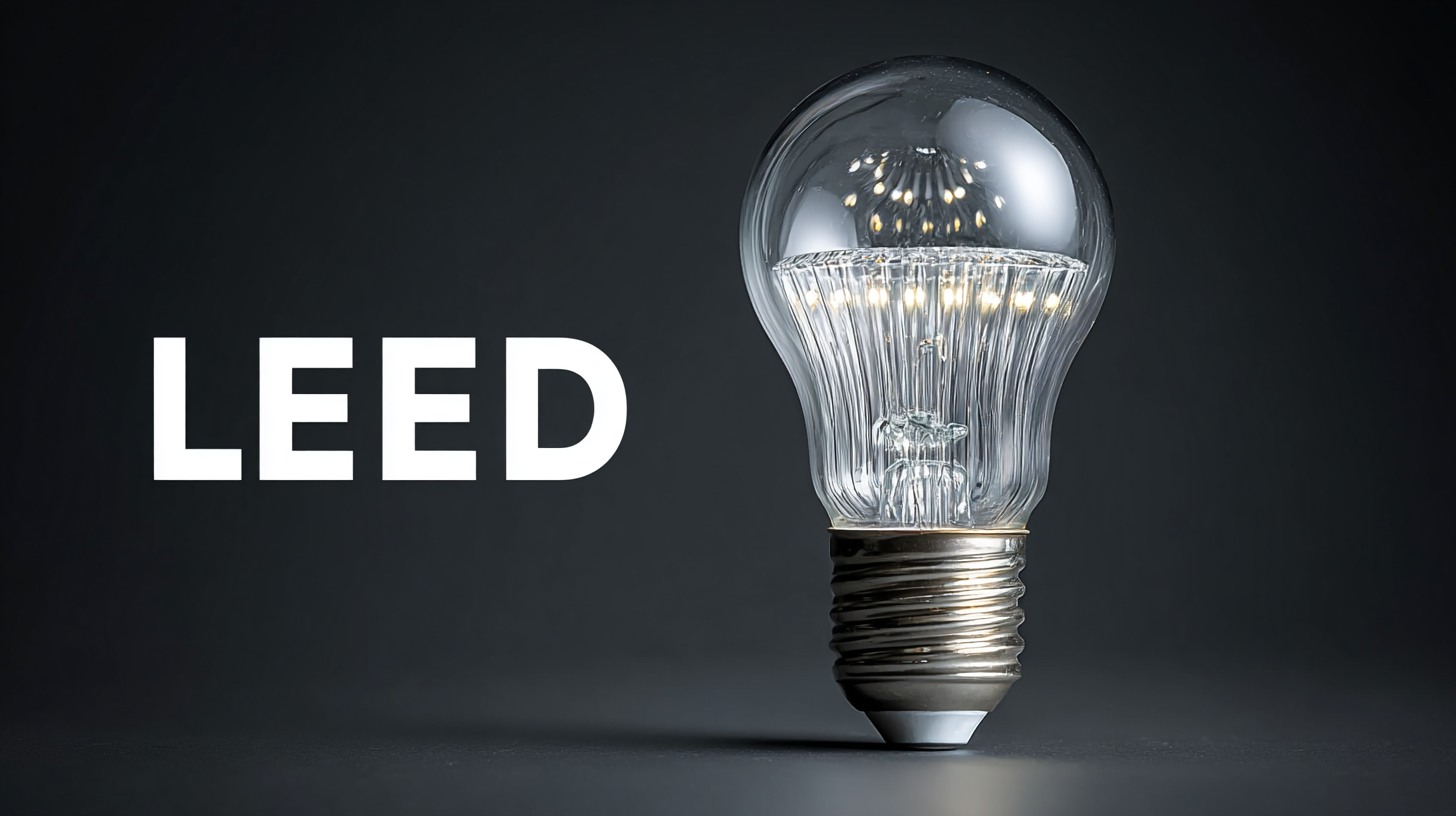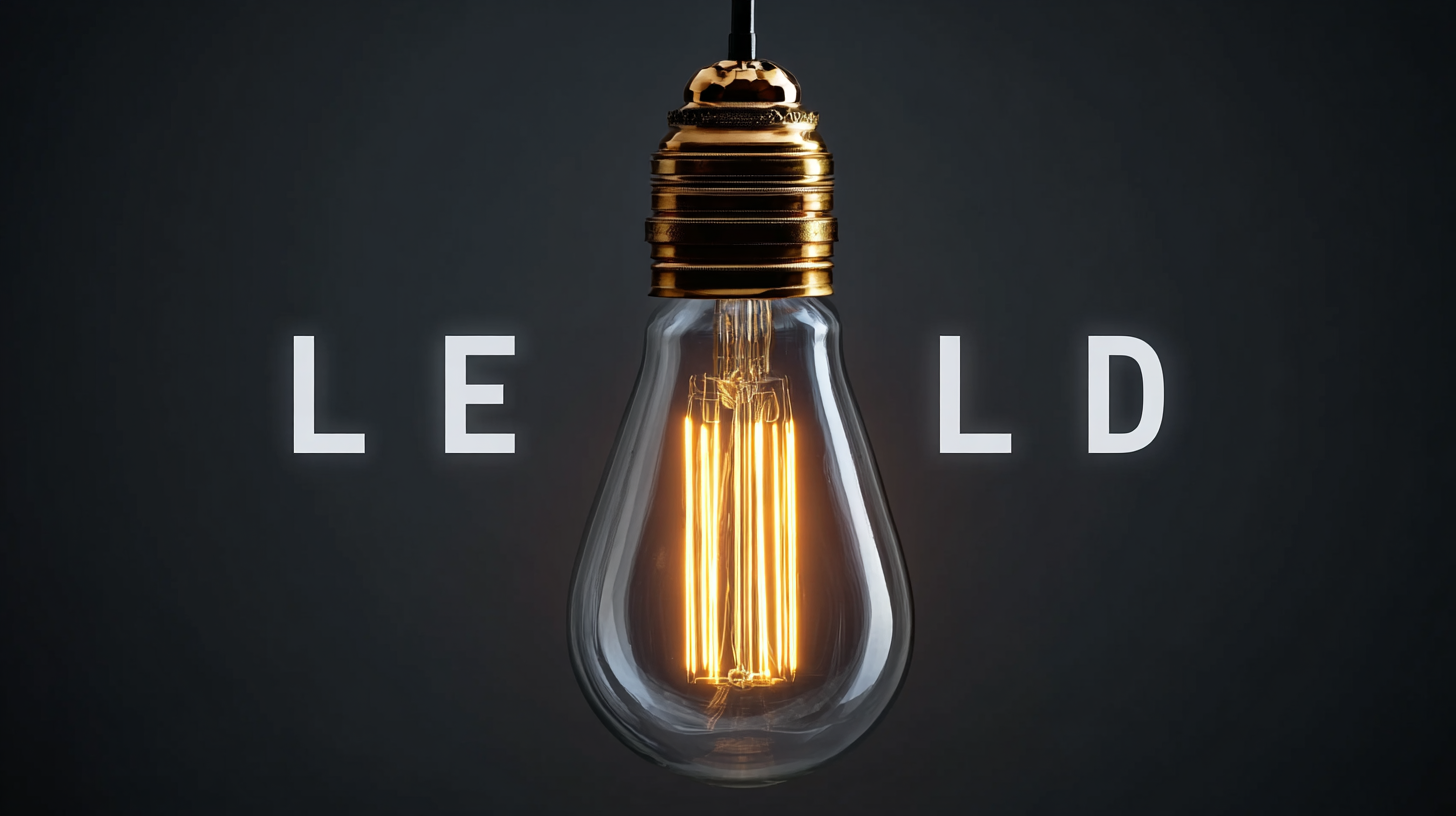 English
English-
 English
English -
 Español
Español -
 Português
Português -
 русский
русский -
 Français
Français -
 日本語
日本語 -
 Deutsch
Deutsch -
 tiếng Việt
tiếng Việt -
 Italiano
Italiano -
 Nederlands
Nederlands -
 ภาษาไทย
ภาษาไทย -
 Polski
Polski -
 한국어
한국어 -
 Svenska
Svenska -
 magyar
magyar -
 Malay
Malay -
 বাংলা ভাষার
বাংলা ভাষার -
 Dansk
Dansk -
 Suomi
Suomi -
 हिन्दी
हिन्दी -
 Pilipino
Pilipino -
 Türkçe
Türkçe -
 Gaeilge
Gaeilge -
 العربية
العربية -
 Indonesia
Indonesia -
 Norsk
Norsk -
 تمل
تمل -
 český
český -
 ελληνικά
ελληνικά -
 український
український -
 Javanese
Javanese -
 فارسی
فارسی -
 தமிழ்
தமிழ் -
 తెలుగు
తెలుగు -
 नेपाली
नेपाली -
 Burmese
Burmese -
 български
български -
 ລາວ
ລາວ -
 Latine
Latine -
 Қазақша
Қазақша -
 Euskal
Euskal -
 Azərbaycan
Azərbaycan -
 Slovenský jazyk
Slovenský jazyk -
 Македонски
Македонски -
 Lietuvos
Lietuvos -
 Eesti Keel
Eesti Keel -
 Română
Română -
 Slovenski
Slovenski -
 मराठी
मराठी -
 Srpski језик
Srpski језик
7 Incredible Benefits of Using Best LED Light Bulb for Sustainable Energy Solutions
In an era where sustainability is paramount, the adoption of energy-efficient solutions has never been more critical. The LED Light Bulb stands out as a remarkable innovation in this regard, offering an impressive reduction in energy consumption compared to traditional incandescent bulbs. According to the U.S. Department of Energy, switching to LED lighting can save up to 75% in energy costs over the lifespan of the bulb, which can last up to 25 times longer than its conventional counterparts. As global industries shift toward more sustainable practices, the role of high-quality manufacturing has become essential. "实力工厂,中国制造,出口全球" underscores the importance of Chinese factories in producing reliable LED Light Bulbs, contributing not only to domestic energy efficiency but also to global sustainability. The widespread adoption of LED technology not only diminishes carbon footprints but also enhances overall lighting quality, making it a compelling choice for both households and businesses alike.

Unveiling the Energy Efficiency: How LED Bulbs Use 75% Less Energy Than Incandescent Bulbs
 When it comes to sustainable energy solutions, LED light bulbs are leading the charge with their remarkable energy efficiency. These innovative bulbs consume up to 75% less energy compared to traditional incandescent bulbs, making them a smart choice for both the environment and your wallet. The technology behind LED lighting allows for greater luminosity with much lower wattage, meaning you can illuminate your home while significantly reducing your carbon footprint. This not only helps in conserving electricity but also plays a vital role in combating climate change.
When it comes to sustainable energy solutions, LED light bulbs are leading the charge with their remarkable energy efficiency. These innovative bulbs consume up to 75% less energy compared to traditional incandescent bulbs, making them a smart choice for both the environment and your wallet. The technology behind LED lighting allows for greater luminosity with much lower wattage, meaning you can illuminate your home while significantly reducing your carbon footprint. This not only helps in conserving electricity but also plays a vital role in combating climate change.
Moreover, the longevity of LED bulbs further enhances their sustainability. With an average lifespan of 15,000 to 50,000 hours, LEDs outlast their incandescent counterparts by several times. This leads to less frequent replacements, thus reducing waste and the environmental impact associated with manufacturing and disposing of light bulbs. By transitioning to LED lighting, consumers not only enjoy lower energy bills but also contribute to a more sustainable future. Embracing LED technology is not just an energy-saving decision; it is a step towards responsible consumption and a greener planet.
Longer Lifespan: Why LED Bulbs Last Up to 25 Times Longer Than Traditional Lighting
The longevity of LED light bulbs is one of the most compelling reasons to transition to this innovative lighting technology. According to the U.S. Department of Energy, LED bulbs can last up to 25 times longer than traditional incandescent bulbs, providing an average lifespan of about 25,000 hours. This extreme durability not only reduces the frequency of replacements but also translates into lower maintenance costs for both homeowners and businesses. With less frequent replacements, LEDs contribute to less waste in landfills compared to conventional lighting options.
In addition to their impressive lifespan, LED bulbs are also more energy-efficient. The LED lighting market was valued at approximately $60 billion in 2021 and is projected to grow significantly as more consumers become aware of the benefits. By consuming up to 80% less energy than incandescent bulbs, LED lighting solutions can significantly reduce electricity bills. As the demand for sustainable energy solutions rises, the remarkable longevity of LED lights, paired with their energy-saving capabilities, positions them as a cornerstone for environmentally conscious consumers seeking effective and efficient lighting options.
Impact on Carbon Footprint: Reducing Greenhouse Gas Emissions with LED Technology
The advancement of LED technology has ushered in a new era of energy efficiency, making a significant impact on our carbon footprint. Unlike conventional incandescent bulbs, LED lights consume up to 80% less energy while providing the same level of brightness. This drastic reduction in energy consumption translates directly to lower greenhouse gas emissions, as less electricity generation diminishes the reliance on fossil fuels. As households and businesses switch to LEDs, they contribute to a collective effort in minimizing the environmental impact associated with energy production.
Moreover, the longevity of LED light bulbs amplifies their environmental benefits. Unlike traditional bulbs that require frequent replacements, LEDs can last up to 25,000 hours or more. This durability not only reduces waste but also decreases the overall demand for manufacturing new bulbs, which further cuts down on carbon emissions associated with production and transportation. The transition to LED lighting is not just a personal choice but a crucial step toward a more sustainable future, as it helps mitigate climate change and fosters a healthier environment for generations to come.
Cost Savings Breakdown: Analyzing the Financial Benefits of Switching to LED Lighting
Switching to LED lighting is not just an eco-friendly choice; it also offers significant financial benefits that can lead to substantial cost savings. One of the primary reasons to make the switch is the dramatic reduction in energy consumption. Traditional incandescent bulbs consume much more electricity compared to their LED counterparts. By using LED lights, households and businesses can see their energy bills decrease substantially, often by as much as 75%. This reduction in energy usage translates directly into lower monthly expenses, making it a smart financial decision.

In addition to energy savings, LED bulbs have a longer lifespan compared to traditional lighting options, lasting up to 25,000 hours or more. This longevity means fewer replacements are needed over time, resulting in reduced costs for both bulbs and associated labor. Moreover, many utility companies offer incentives or rebates for switching to energy-efficient lighting, further enhancing the financial appeal. By investing in LED technology, consumers are not only contributing to a sustainable future but also making a wise economic choice that pays dividends for years to come.
Enhanced Light Quality: The Science Behind LED Lumens and Eye Comfort in Home Lighting
When it comes to home lighting, the light quality provided by LED bulbs is unparalleled. Unlike traditional incandescent or fluorescent lights, which can often create harsh glares or uneven lighting, LED bulbs emit light that is not only brighter but also more consistent. This is largely attributed to the lumens they produce, a measure of visible light output. With higher lumens per watt, LED lights can illuminate rooms more effectively, enhancing both aesthetics and functionality in your living space.
Furthermore, the advancements in LED technology have significantly improved eye comfort. Many LED bulbs now come equipped with features like adjustable color temperatures, allowing homeowners to choose warmer tones for cozy settings or cooler tones for productivity. The ability to fine-tune these settings helps reduce eye strain, making longer reading sessions or late-night work less taxing on the eyes. This science-driven approach to light quality not only improves the ambiance of your home but also promotes overall well-being, as proper lighting can have a positive impact on mood and productivity.

